When it comes to sewing, knowing a few basic stitches is essential for any beginner. These fundamental stitches will serve as the foundation for a wide range of sewing projects. Whether you are mending a torn garment or creating something from scratch, mastering these stitches will ensure your sewing endeavors are successful.
1. Backstitch
The backstitch is a strong and versatile stitch commonly used for seams and repairs. It creates a secure, sturdy line of stitches by essentially sewing backward. To execute a backstitch:
- Bring the needle up through the fabric at the starting point.
- Insert the needle back into the fabric a short distance behind the starting point.
- Bring the needle back up a short distance in front of the starting point.
- Repeat steps 2 and 3, keeping the stitches tight and even.
The backstitch is especially useful for joining two pieces of fabric together and creating durable seams.
2. Running Stitch
The running stitch is one of the simplest stitches. It involves passing the needle in and out of the fabric in a straight line, creating a dashed effect. To do a running stitch:
- Insert the needle into the fabric from the backside.
- Bring the needle back up a short distance forward.
- Repeat steps 1 and 2 until the desired length is reached.
This stitch is commonly used for basting, gathering fabric, or temporarily holding pieces together during sewing projects.
3. Whipstitch
The whipstitch is an easy and decorative stitch used for hemming, joining two fabric edges, or attaching trims. To whipstitch:
- Place the two fabric pieces side by side with the edges touching.
- Insert the needle through the top layer of fabric and bring it out.
- Bring the needle over the fabric edge and insert it back through, a short distance away.
- Repeat steps 2 and 3 until the entire edge is stitched.
This stitch creates a visible line of stitches, making it great for decorative purposes.
4. Blind Hem Stitch
The blind hem stitch is used for hemming garments, providing a nearly invisible finish on the right side of the fabric. To execute a blind hem stitch:
- Fold the fabric edge to create a small hem.
- Insert the needle through the folded hem and come out a short distance away from the fold, catching only a thread or two of the garment’s fabric.
- Insert the needle back into the fold, a short distance away from the previous stitch.
- Repeat steps 2 and 3, creating evenly spaced stitches along the hem.
The blind hem stitch is perfect for achieving a neat and professional-looking hem in dressmaking and alterations.
Conclusion
Learning these basic sewing stitches will pave the way for your sewing journey. With practice, you will be able to execute them effortlessly, giving your sewing projects a polished and refined look. So, pick up your needle and thread and begin mastering these versatile stitches.
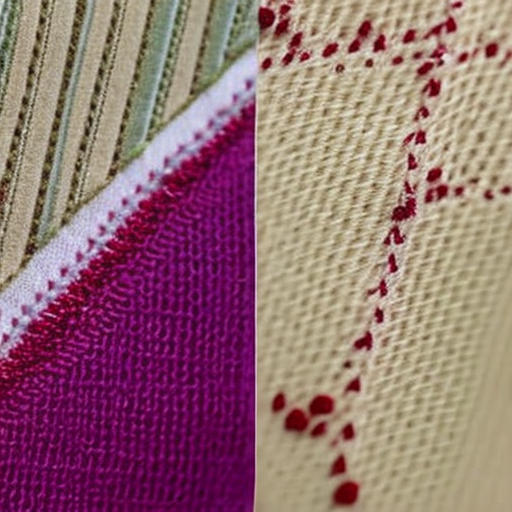
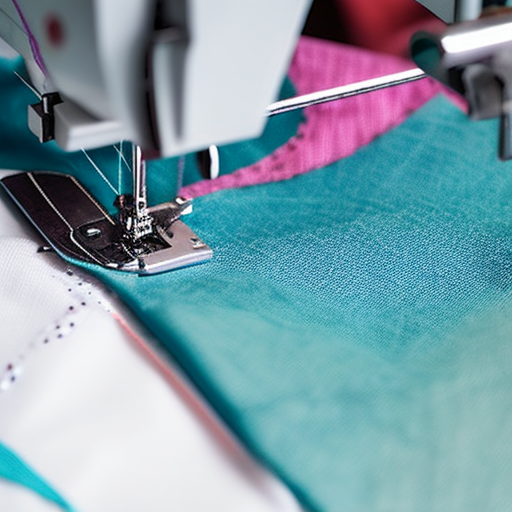
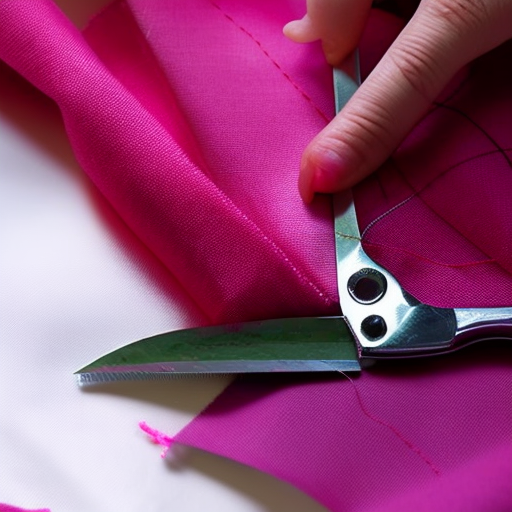
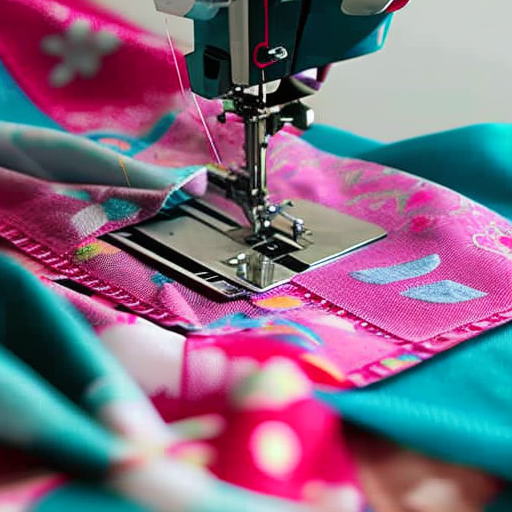
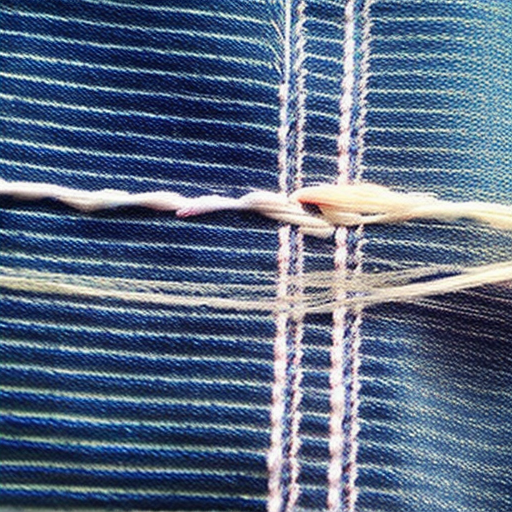
Great info!
Denise Cooper: Useful pointers!
Excellent summary of the basic sewing stitches! Learning these techniques will definitely come in handy for crafting projects.
#SewingMaster